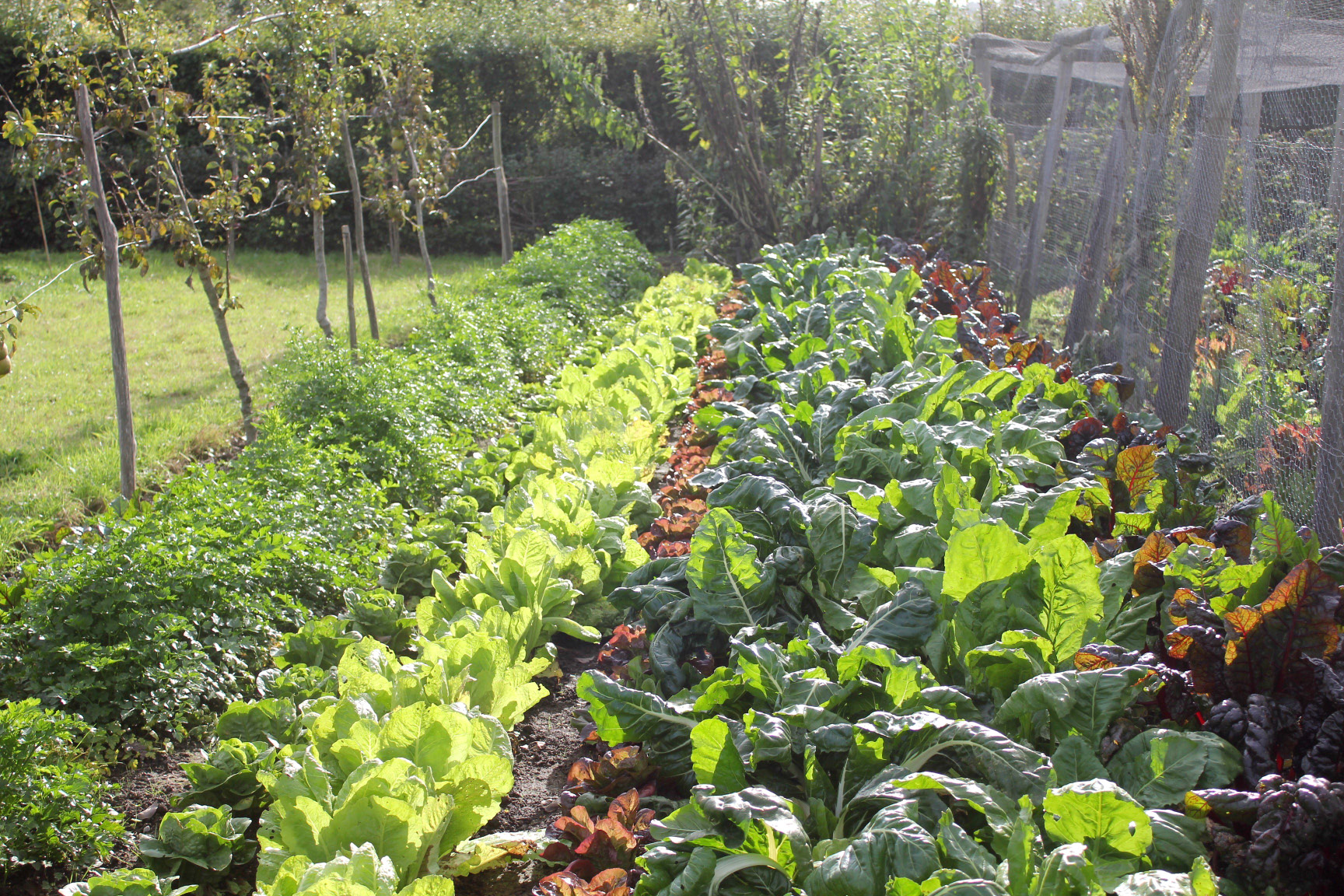On sunny days in February I’m sorely tempted to rush out and get cracking in the veg patch, but then hesitate – in the nick of time. I’m forced to remind myself that frosts can threaten for many months to come; it is still winter after all. So, on the back of the frost-blackened mistakes of past seasons, I curb the urge to sow outside too early and distract myself with other tasks. There are some crops that can be sown early, but there are also things that need to happen now to make sure they get off to a good start. Good preparation makes good plants (chant this whenever you feel impatient to get growing) and this means having a thorough understanding of the soil your crops will grow in and, when and how to plant them. This way, once the soil warms up our veggies will get off to a flying start.
Site and soil
Most vegetable plants are greedy and will need the very best spot in your garden – somewhere sheltered, sunny and with good soil. The exact type of soil you have will dictate which vegetables will thrive in your patch. If your soil is clay then it may be harder to work in the winter – and then dry like concrete in the summer. Although a light sandy soil is easier to work and faster to warm in the spring, it leaches nutrients, dries out very quickly and will be less fertile. Where I live (on the borders of both the marsh and the Weald) the soil is fairly sandy and free draining in the main, which is ideal for root crops such as onions and carrots. Cabbages and Brussels sprouts are harder for me to grow, as they like compact, nutrient rich clay. The perfect soil is somewhere between sand and clay and is called loam – free-draining, but moist and nutrient rich. If you want to see what that looks like visit a garden or an allotment that has been diligently worked for many years. There you will find a dark, crumbly tilth that looks and smells healthy and life-giving – I want to say good enough to eat, as fundamentally the stuff of the soil, converted into plants by sunshine and rain, is what ends up on our plates.
Whatever your soil, it will be transformed by the addition of organic matter, A sandy soil will hold together and retain more goodness, and clay soil ‘open’ up and become more free draining. Organic matter teems with microscopic life and it is this that helps the plants to grow. I will stop fetishising about soil in a minute, but the longer you associate with plants and their surroundings, the more you will focus on it. A good soil is key to growing vegetables successfully. So nurture it – build a compost heap, befriend a farmer, buy a horse…
Sowing and planting
Sowing vegetable seeds directly where they are to grow sounds like the quickest way to get a harvest, but it can be fraught with problems. One of the most annoying things that happens in freshly cultivated soil is when your crop germinates at the same time as masses of weeds. This is because the process of cultivation brings weed seeds up from under the surface of the soil and nearer to the light, triggering them into growth. The huge rash of weeds that appears can completely swamp your prized vegetable seedlings. The outrage continues, as weeds have a cunning habit of looking just like the crop they grow among – and it’s easy to pull up a precious baby vegetable along with the unwanted weedlings. Many gardeners recommend the ‘no dig’ method and try not to disturb the soil at all – laying down a weed-blocking mulch in the autumn which should (in theory) break down into a lovely, plantable tilth by the spring.
Sow under cover – this will give you more control over both germination and the early growth of your plants. This is useful at the start of the season when it is too cold to sow directly outside. Early crops like broad beans, peas, kale, leeks and calabrese (broccoli) can be sown in modules and planted out in a few weeks time, once the worst of winter has passed. It might seem like more work than direct sowing, but you will waste less seed, as no thinning will be needed, and if you sow into modules you can plant the plugs out neatly into rows at the correct spacing, without damaging the young plants’ roots.
Sow direct – out into the ground once the soil has warmed – but that might not be until April. The key to spotting the right time for direct sowing is to look around for annual weeds. Once the weed seedlings start popping up you’ll know that the soil is warm enough for direct sowing of hardy vegetables. Sow thinly into a prepared seed bed (rake the soil into a fine tilth – like crumble topping) and sow in rows, as this will help you sort the seedlings from the random weedlings. The vegetable seedlings will show up as a straight line among more straggly weeds. Fast crops like beetroot, radish, rocket, salads and those that don’t like root disturbance, such as carrots, parsnips and spinach, are ideal for direct sowing.
Buy plug plants – the garden centres are getting better at supplying a wider range of vegetable plants. They sell them in small strips ready to plant out at the correct distance as soon as you get them home. This does save time and is a good option, although you may not get exactly the variety you might choose if you were growing from seed – and it is more expensive.
Some early vegetables to kick start the growing season
Potatoes – start chitting early potatoes to give them a head start. Chitting is a strange process whereby you place your seed potatoes in the light (egg boxes are useful containers) and wait until little shoots start to grow before planting them outside.
Tomatoes – these are not frost hardy, but take a long time to grow and ripen in our climate, so if you have somewhere you can keep them warm and well lit until the frosts have passed (May or June) so much the better. You will need to pot them on several times before then as they grow, so they’ll need plenty of space.
Onions and leeks – onions can be planted out as sets (tiny onions), but will need to be started early if you are growing from seed. I find them tricky to sow direct, as the seedlings look like blades of grass when they first emerge and are easy to lose.
Broad beans – these are very satisfying to plant – either direct (unless you have mice on your plot), or into modules. The seeds are large and germinate reliably in fairly cold conditions.
Peas – like broad beans peas are easy to grow – but the mice adore them too, so they may be better sown under cover (a nice tight, mouse-proof cover) and planted out once they have grown a few leaves.
Lettuce and salad – choose winter hardy salad crops and either sow directly and then cover with a cloche, or sow under cover to plant out as plugs.
Kale – this superfood staple is a rugged, hardy leafy crop that can be sown early (and also late) in the year. Kale is very easy to grow, but will need protection from whitefly and caterpillars later in the season.
Rocket and oriental greens – these are cool weather plants and grow better in the early spring or in the autumn; sown in the warmer months they will quickly run to seed, but they are speedy and useful for filling gaps in between slow growing crops and at either end of the growing season.
A lot of what happens in the vegetable patch at this time of the year will depend on the weather, which is hard to predict at the best of times. But it is never too early to start planning and preparing the ground, choosing which crops you want to grow, getting pots, trays and labels ready. The growing days will be with us in no time. Let’s get ready for them.
Jo Arnell’s vegetable gardening course is now booking 01233 861149 hornbrookmanor.co.uk.
TEST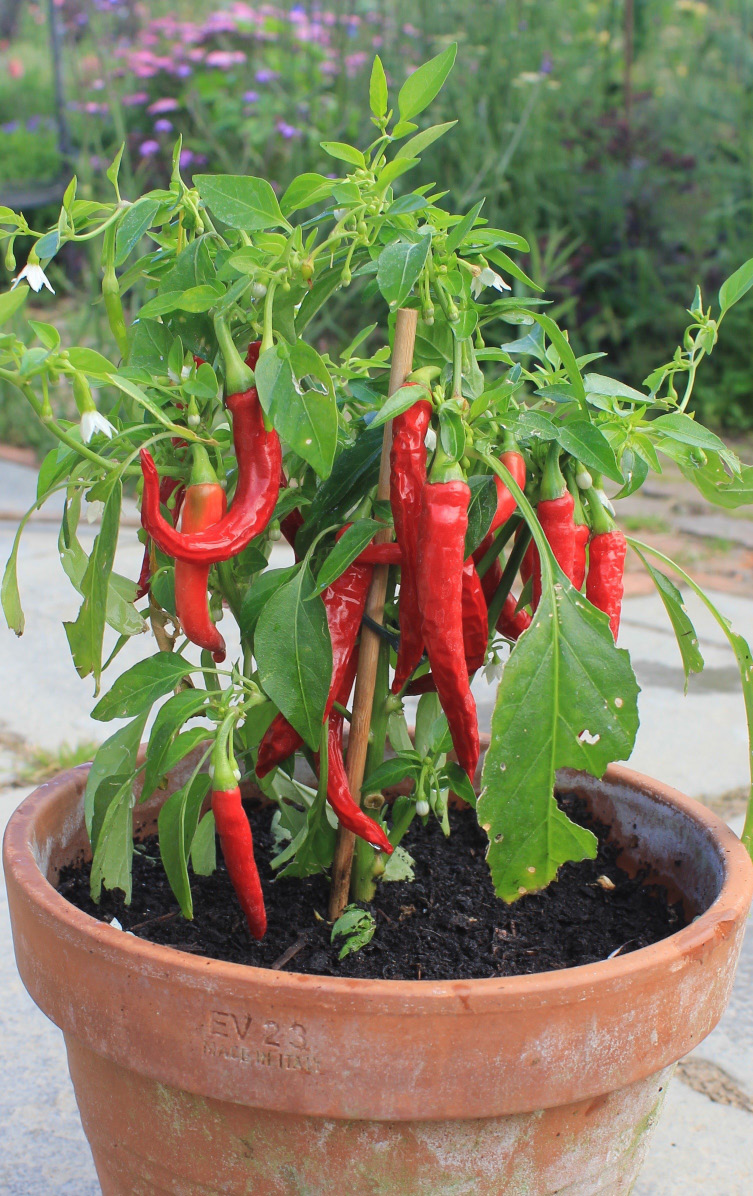 TEST
TEST
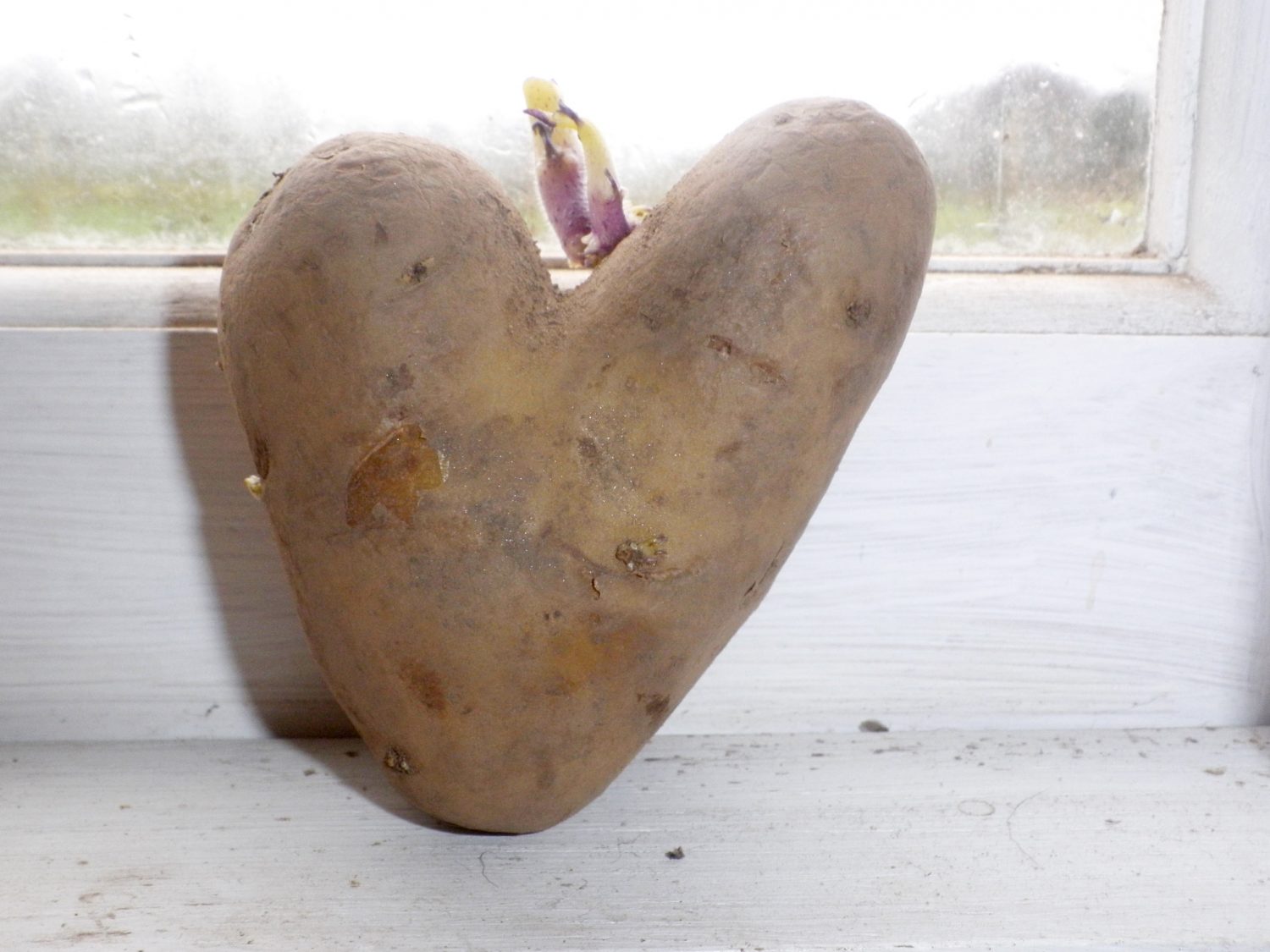 TEST
TEST
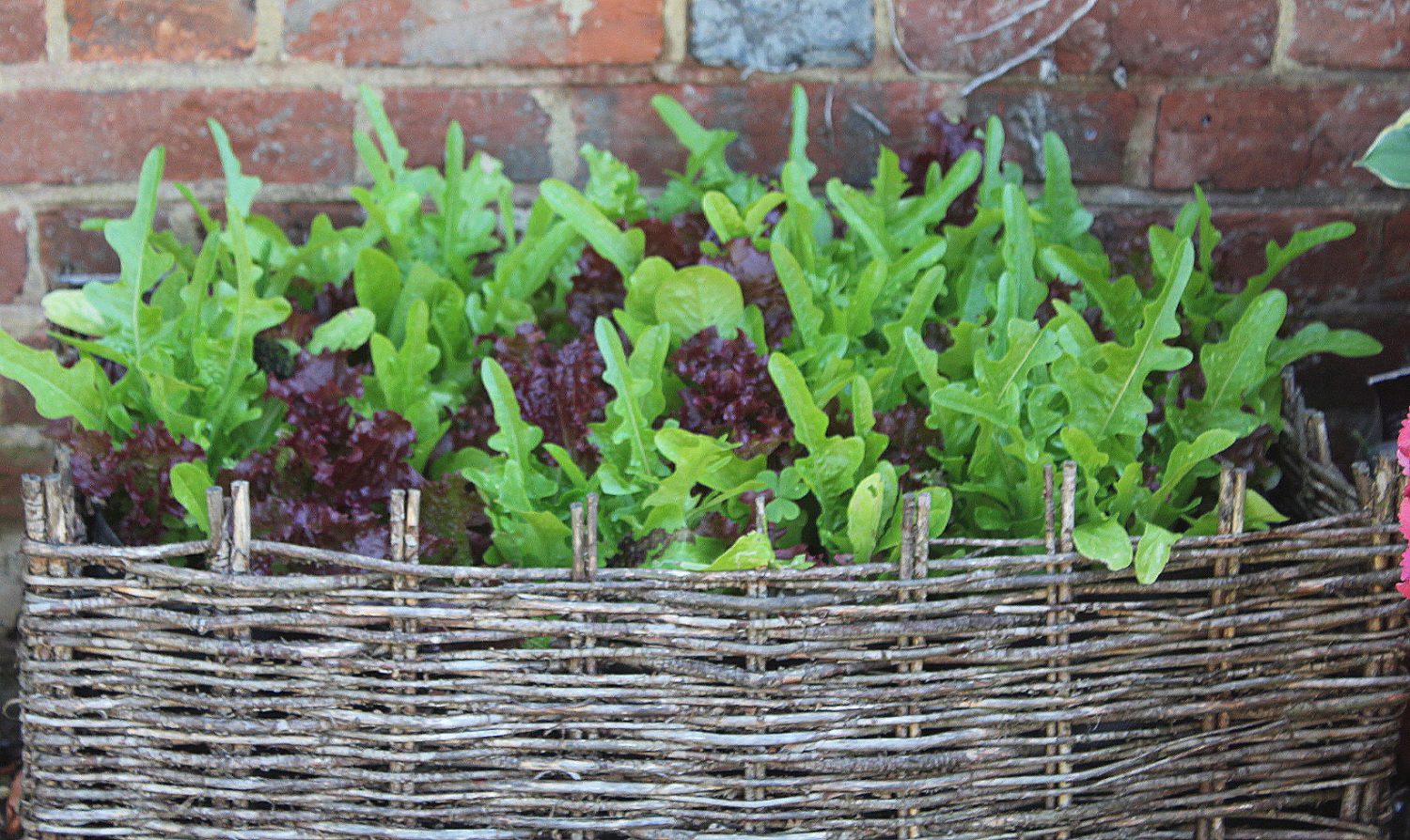 TEST
TEST
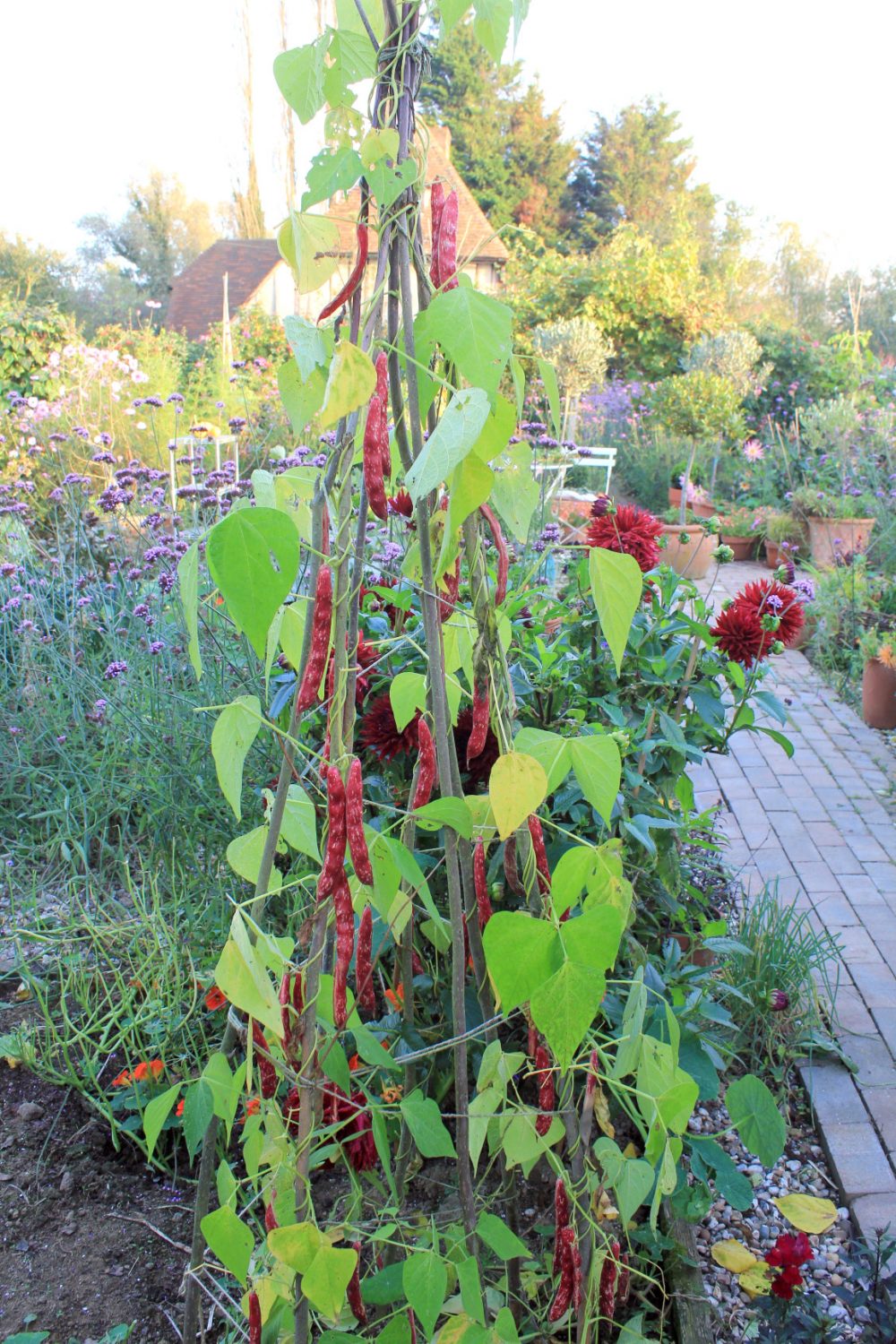 TEST
TEST
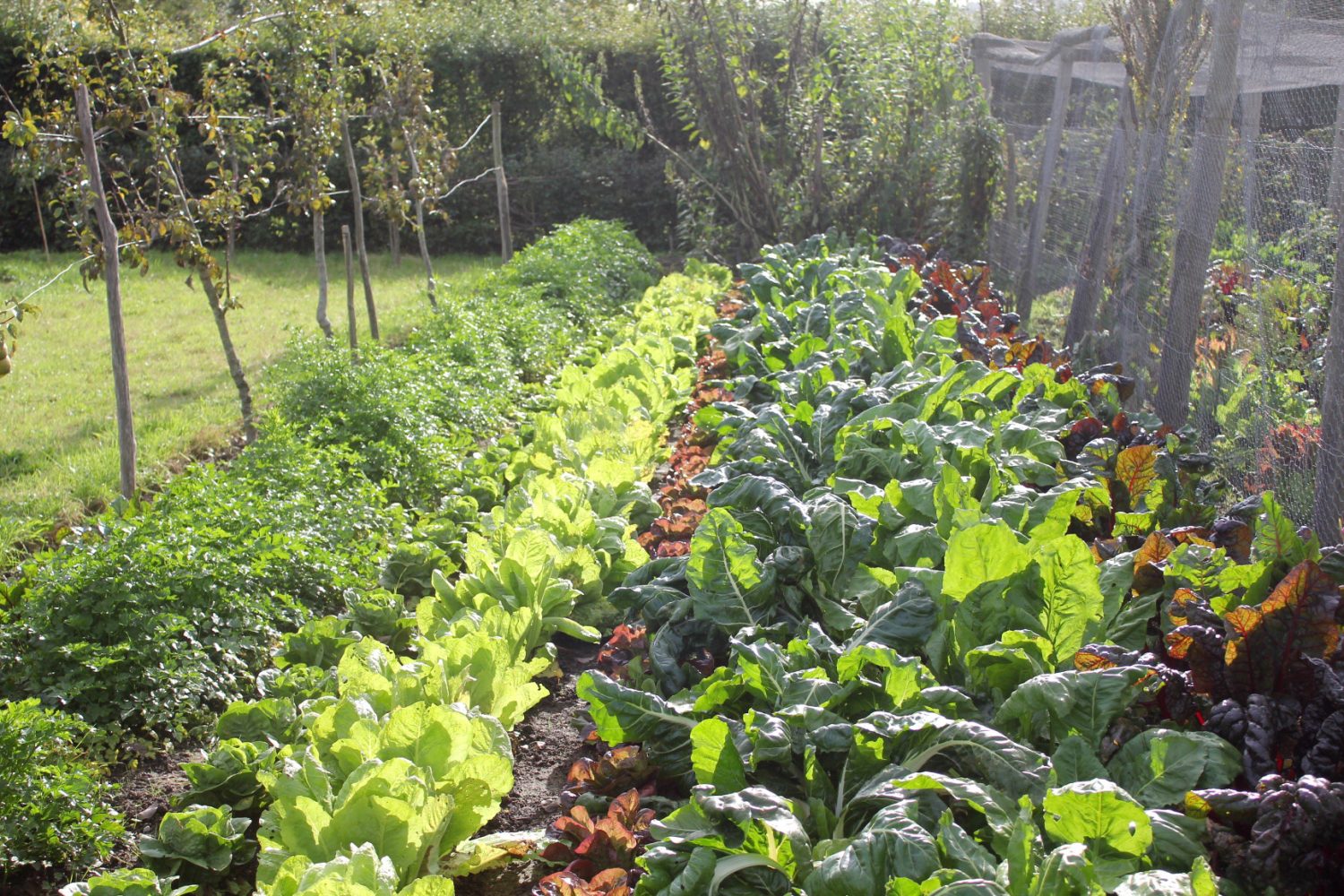
- words: Jo Arnell
You may also like
Go with the Flow
Sue Whigham shares some valuable new-to-gardening advice I’m sure that by now we should be used to the rain but I’m not entirely sure that we are. We had a dry, sunny day the other day and how everybody’s mood...
Farm Fables
Jane Howard gets to the bottom of why so many ponds have disappeared across the High Weald I have a new passion, almost an obsession, it’s about ponds. And there’s a distinct possibility I might become a bit of a...
Hedge Issues
Sue Whigham takes a meander along nature’s verdant and vital corridors Recently the BBC’s Today programme carried a feature about England’s hedgerows which created a lot of interest among listeners. On the strength of that, Martha Kearney interviewed one of...
